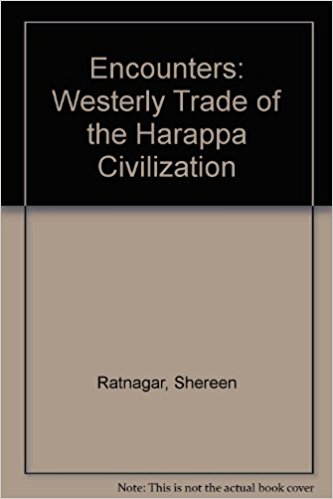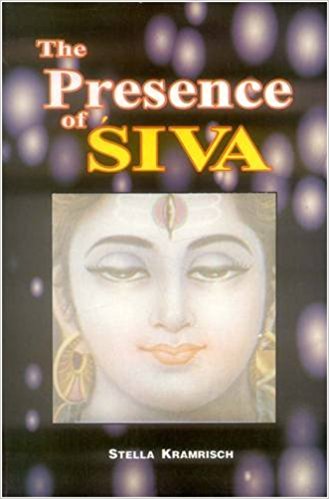One remembers reading a lot of Enid Blyton as a child, because there was little else in English. This was not the case with the regional languages. There were a number of children’s magazines in Bengali and Hindi, Chandamama, Parag, Suktara and Satyajit Ray’s Sandesh, to name a few.
Archives
Jan-Feb 1982 . VOLUME 6, NUMBER 4These two books make interesting and lively reading for children in the age-group of 7 to 10. Both writers present totally different themes in their stories but the universal appeal that adventure holds for children is to be found in both.
Some bulls, they say, carry their own china shops. I don’t know why, but I think of such an animal when I see that sardarji inside the bulb. But then, I am told, there are people who see sausages and think of Picasso.
An anthology of modern Polish poetry in English trans¬lation should appropriately be reviewed by one who knows both Polish and English. I do not know Polish, and this excludes from the scope of this review one of the important tasks of reviewing a literary work in translation. The ap¬preciation of how far the translator has succeeded in conveying the mood, music and meaning of the original to the translated version is thus inevitably absent.
Pericles, Cymbeline, The Winter’s Tale, and The Tem¬pest have more features in common than any other group of Shakespeare’s plays. They were written in succession to¬wards the end of his life, and there is a persistent belief that The Tempest was intended to be the author’s farewell to the theatre (although he spoilt this neat symmetry between-art and life by going on to write Henry VIII).
Since Lionel Trilling raised the issue of Robert Frost’s ‘terrifying universe,’ the question of the poet’s poetic style as a means of articulat¬ing his complex vision has received profounder critical attention. T.R.S. Sharma’s critical work is an attempt to study the stylistic features of Frost’s poetry such as metony¬my, metaphor and synecdoche, and to explore their relation with syntax and other linguis¬tic correlatives.
1982
No Telugu novel in the recent past has been as eagerly await¬ed, avidly read and heatedly discussed as Tulasidalam. Never before have seminars been held to discuss a popular novel and its influence on society. The circulation of ‘Andhra Bhoomi’, a weekly which serialized Tulasidalam, suddenly shot up and surpas¬sed that of the other establish¬ed weeklies.
1982
Once upon a time Hindi novelists and poets participa¬ted actively in the Independ¬ence struggle, craved being jailed with their political heroes, and wrote their blister¬ing indictments of immorality in all spheres of life, in large novels packed with innocence and experience.
Naipaul comes from a conservative Brahmin family in Trinidad, West Indies, and in Trinidad many Hindus have chosen to preserve the age-old prejudice against Muslims. Naipaul himself has never shown much interest or sym¬pathy towards Muslims in his writings. Among the Believers focusses on Muslims in Iran, Pakistan, Malaysia and Indo¬nesia. I was sure it would be an easy book to dismiss.
Both the books under review are the outcome of two separate conferences held in Honolulu at the Culture Learning Institute of the East-West Centre in Hawaii. The first book consists of ten papers discussed at the December 1976 conference on ‘Emerging Issues in Cultural Relations in an Interdependent World.’ It deals with the subject from the standpoints of economics, political philo¬sophy, education and research.
There is a common adage in American academic par¬lance, ‘publish or perish’. The theory justifying this saying is that the compulsion for publishing makes it pro-bable that only some publica¬tions will be worthwhile in terms of new ideas and inno¬vations. It is perhaps too tall a claim to say that gradualist reform as a strategy for human development is any¬thing new or innovative.
The richness of historical detail with which David Hardiman has woven his narrative would amaze even the most hardened empiricist. But there is something about the style which sustains one’s interest even when the going is slow. When one sifts the detail, there emerge two cen¬tral themes which seem to have guided the author in his research, namely, the textures of social differentiation and of mass mobilization.
In 1972, the Indus Civilization completed the Golden Jubilee of its discovery. It was cele¬brated in Pakistan, but nothing happened in India, al¬though we loudly claim heri¬tage from that great civiliza¬tion; for, as Sir Mortimer Wheeler said: ‘Indus has given India her civilization and Ganga her faith’.
Wim Van Der Meer’s book is an interesting study and a significant addition to the already existing works on the subject. It has been said that one must live a millenium to understand the subtleties of Hindustani music.
A new translation and com¬mentary on the Gita always arouses curiosity as to what fresh insight has been found in this much-translated and exhaustively commented upon corner-stone of Hindu philo¬sophy. What is important in studying the Gita is not to lose sight of the matrix from which it evolved: the Mahabharata.
Stella Kramrisch has spent more than half a century studying Indian art. She has authored more than half a dozen definitive studies on Indian architecture, sculpture and painting. Her insights into the mysteries of Indian meta¬physics, literature (Vedic and Puranic), and architectural and sculptural texts have been couched in a style which has lent new dimensions to critical studies relating to the arts of India.








